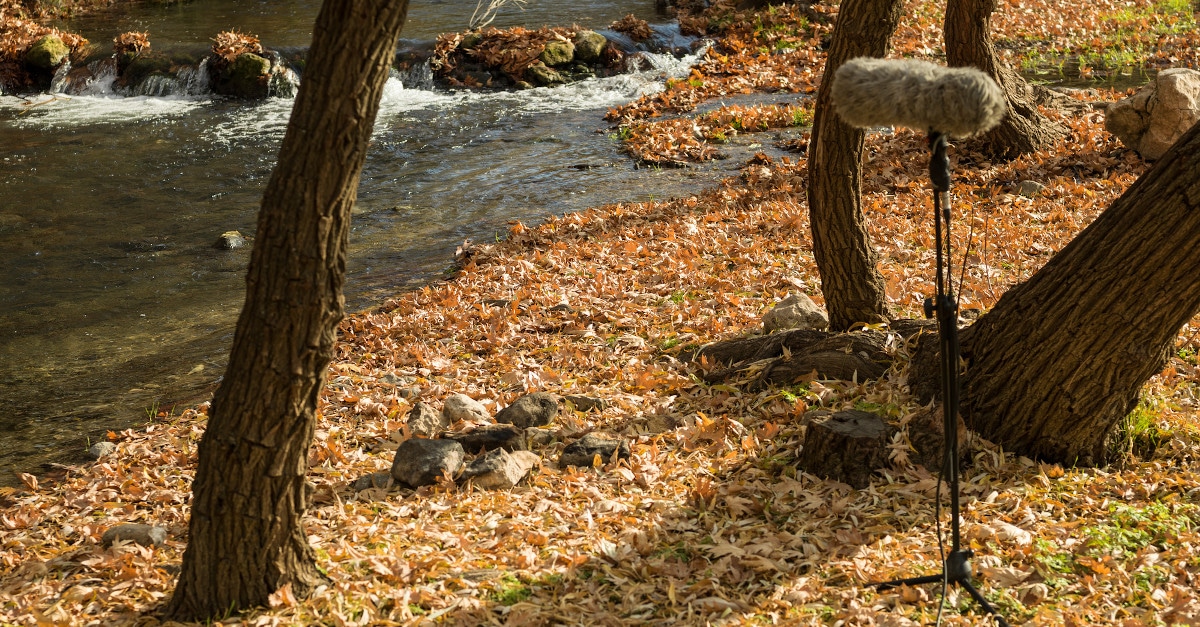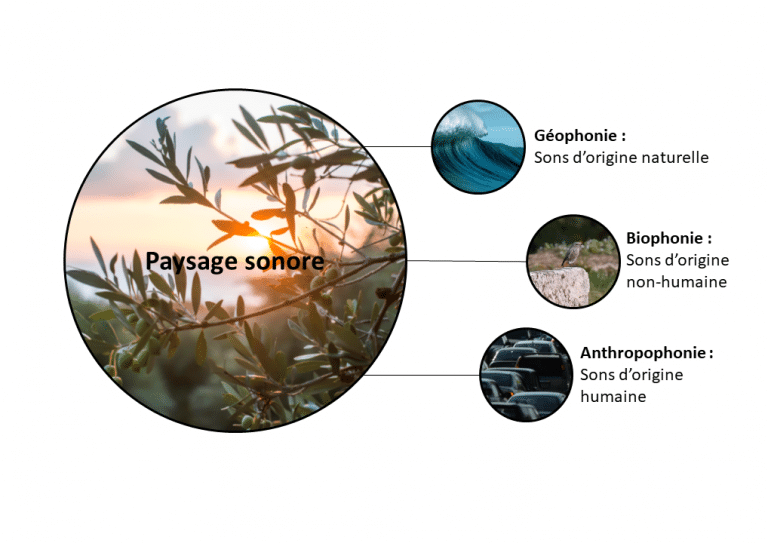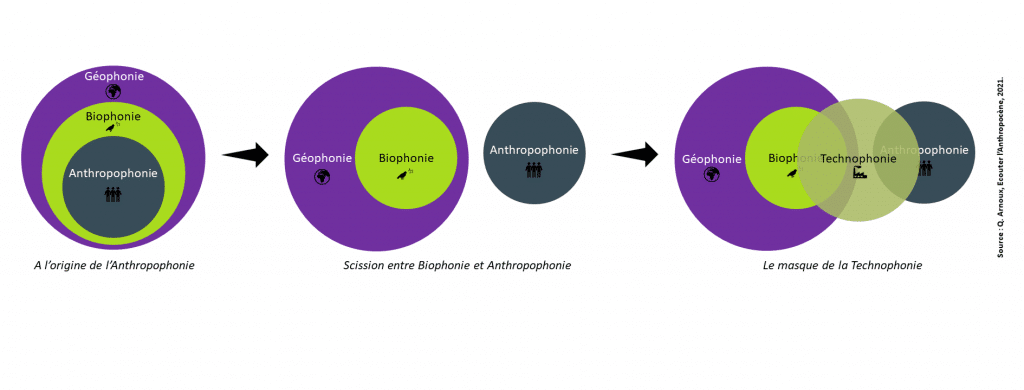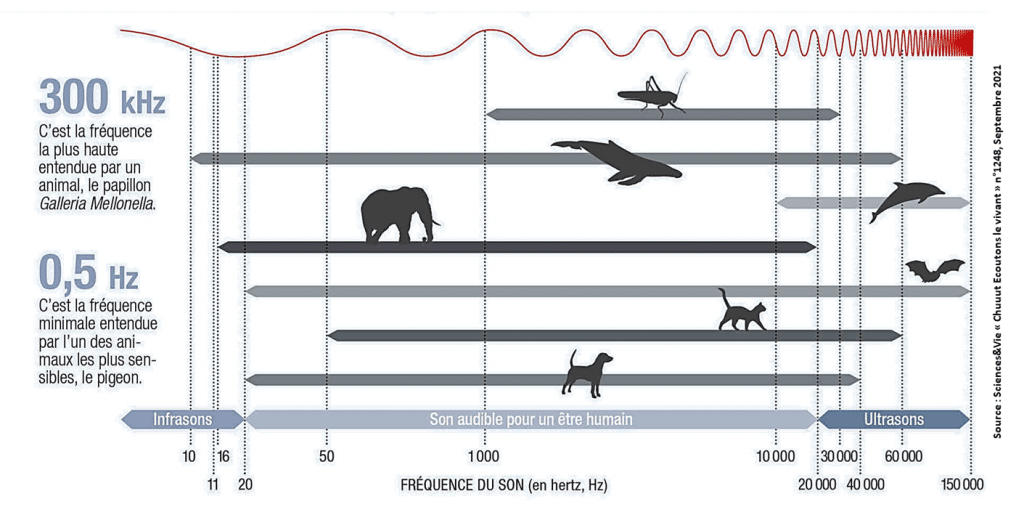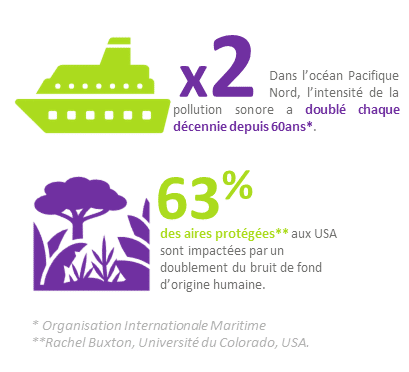
Acoustics and noise in the era of low-carbon and energy transition
Driven primarily by the challenges of sustainable development, low-carbon and societal concerns, wood construction is on the increase in the design of new and renovation programs, whatever the purpose (housing, offices, hotels, cultural facilities). From an acoustic point of view, these new complexes in the French construction landscape raise a number of questions.
